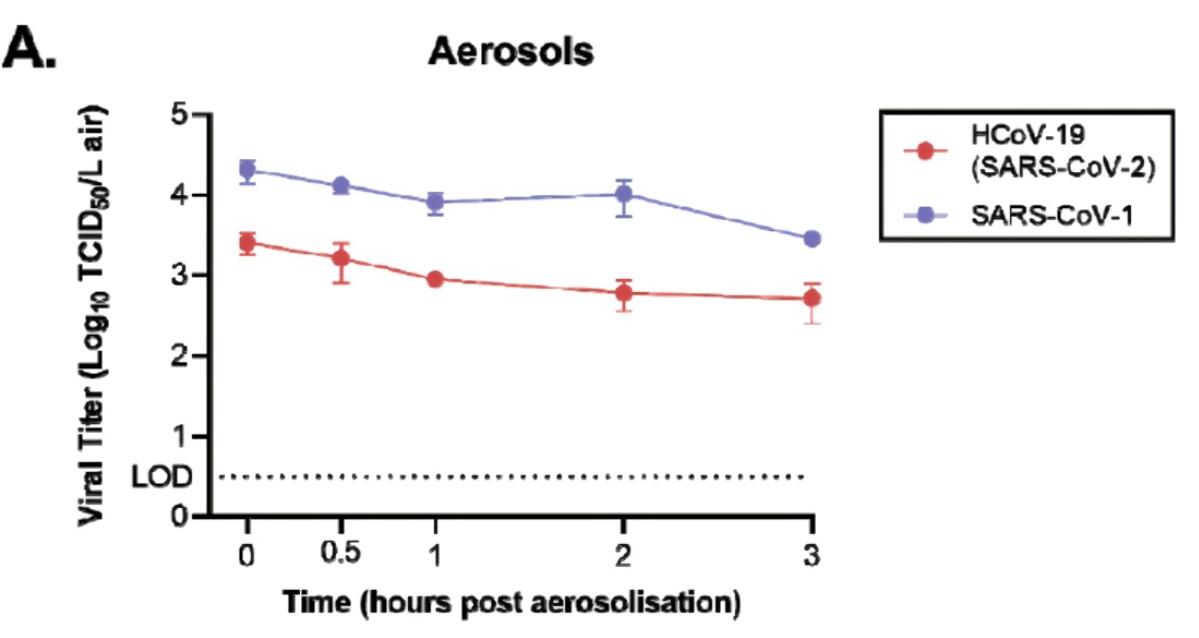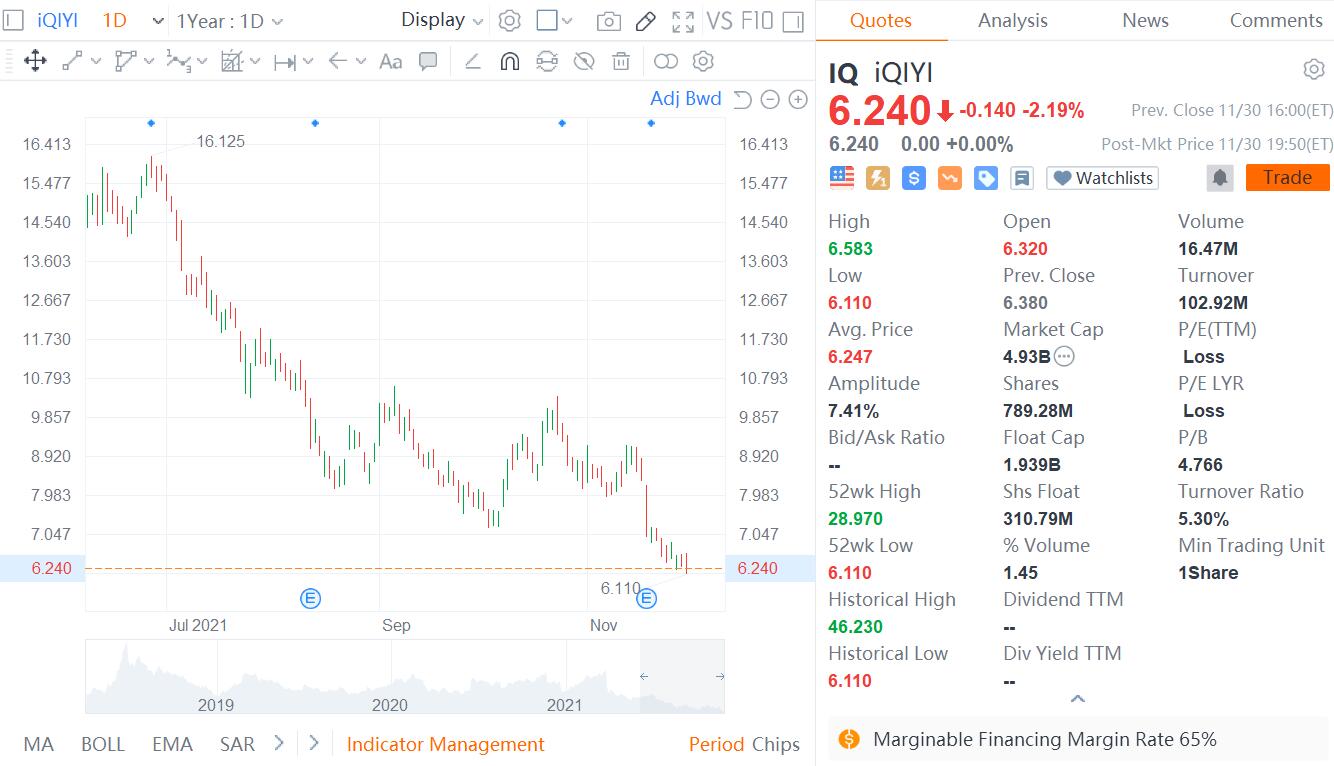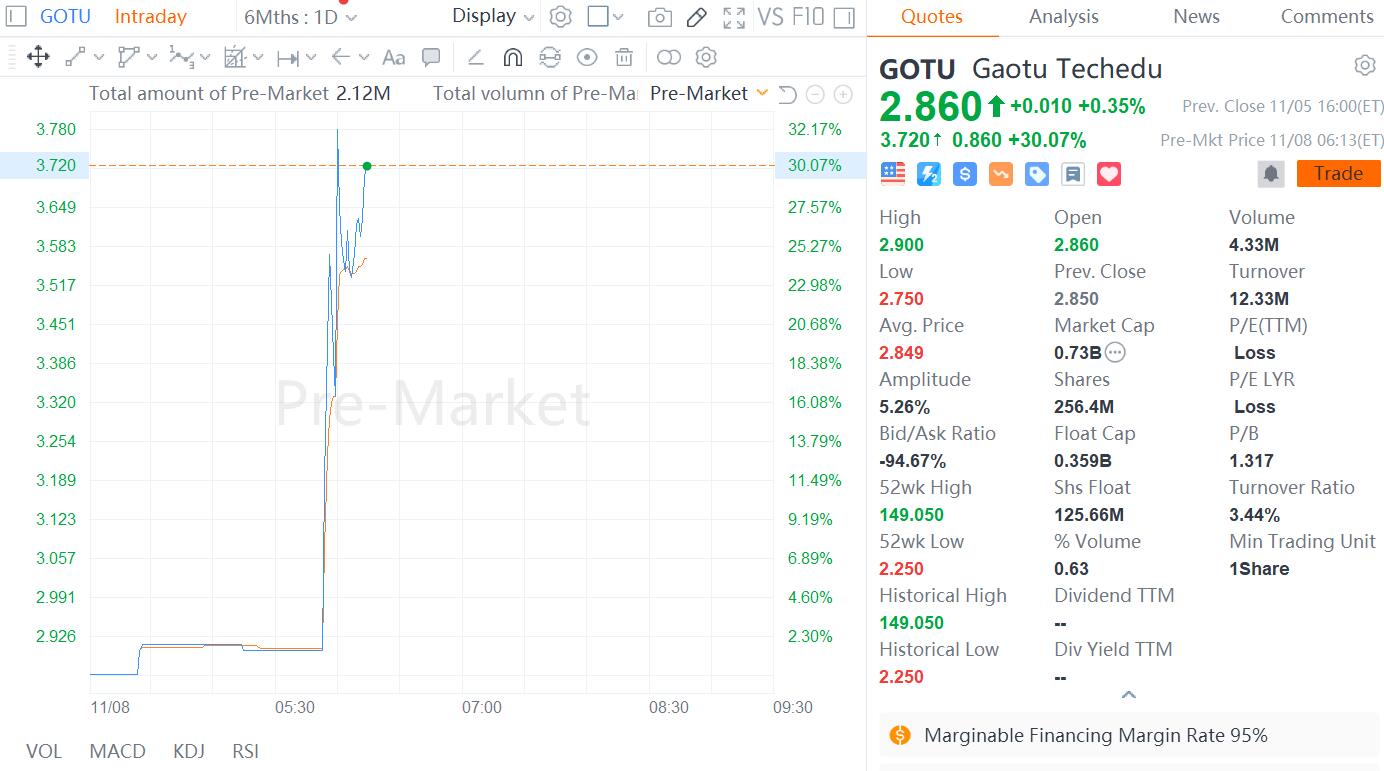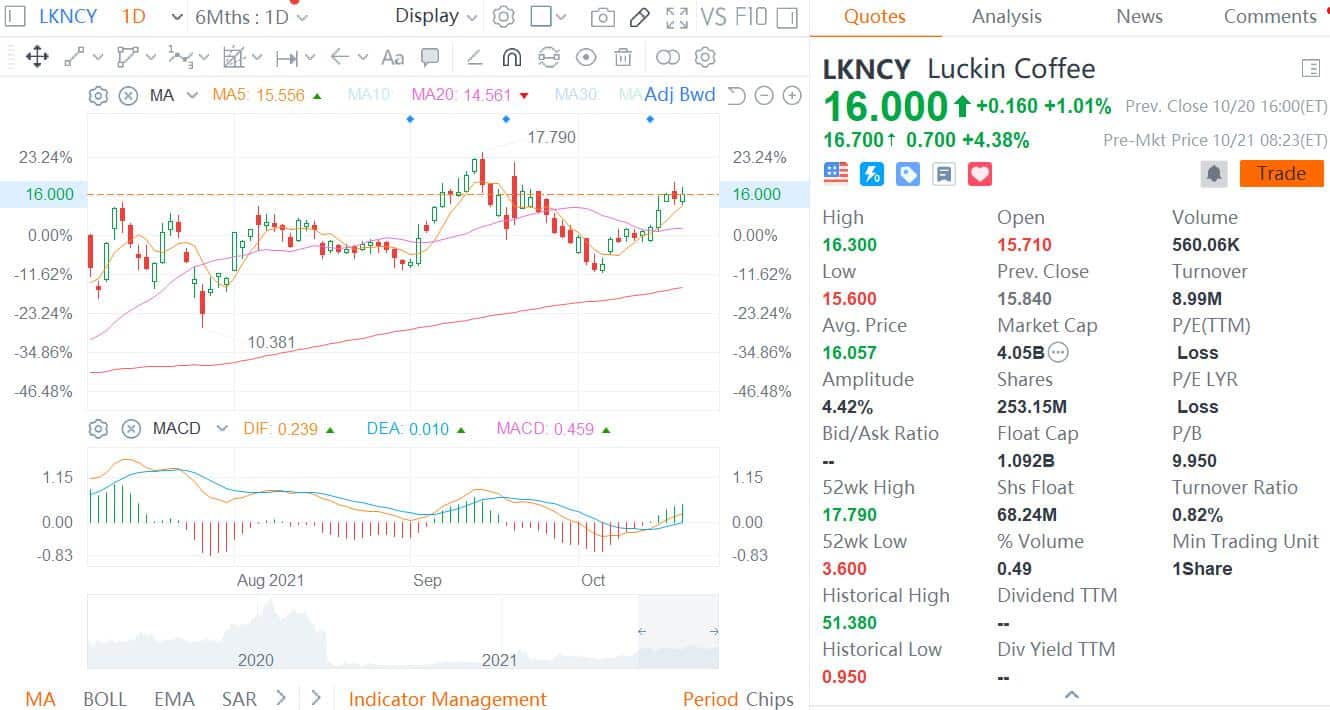
(Photo: Unsplash)
How stable is the new coronavirus in different environments compared to SARS (Severe Acute Respiratory Syndrome) virus?
On March 10, local time, the medical preprint platform medRxiv published a study report on the survival stability of a new coronavirus in aerosols and on the surface of different objects, entitled "Aerosol and surface stability of HCoV-19 (SARS-CoV- 2) compared to SARS-CoV-1 ".
The research team found that the new coronavirus survived in air aerosols for a maximum of 3 hours, with a median half-life of 2.7 hours; it could survive on paper for 24 hours, on copper surfaces for up to 4 hours, and on plastic and stainless steel surfaces. Survival 2-3 days.
The researchers said that the new coronavirus and SARS coronavirus existed in the environment for a similar amount of time, and that the new coronavirus has been active on aerosols and surfaces for longer periods of time.
This may be related to nosocomial infections and super-transmission events, and thus suggests that cleaning and disinfecting various solid surfaces is important.
"Aerosol" refers to particles suspended in a gas, such as small droplets of air. Many experts said that the current route of transmission of new coronaviruses is mainly through close-range respiratory droplet transmission and contact transmission.
The author team of this article comes from the National Institute of Allergy and Infectious Diseases (NIAID) of the National Institutes of Health, Princeton University, University of California, Los Angeles, etc. The corresponding author is the head of the research department of NIAID Virology Laboratory Neeltje van Doremalen and Trenton Bushmaker, and Dylan H. Morris of the Department of Ecology and Evolutionary Biology at Princeton University. The paper has not been peer reviewed.
The authors stated that airborne and fomite transmission (ie virus transmitted through object media) played an important role in previous SARS and MERS epidemics, so quantifying the stability of new coronaviruses in the environment is important for analyzing their virology. Features matter.
In this study, the authors compared the new coronavirus nCoV-WA1-2020 (MN985325.1) with the SARS coronavirus Tor2 (AY274119.3).
Research uses a liquid aerosol aerosol generator and a container called "Goldberg drum" to obtain live new coronaviruses. By simulating an infected person's cough and sneezing, the virus particles are first atomized, and then the virus particles are placed in the environment After a period of time in the medium, its activity was measured.
The authors also used a Bayesian regression model to estimate the decay rate of live virus titers.
Survival time on the surface of air aerosols and different substances:
Comparison of the activity of SARS coronavirus and new coronavirus after atomization, the temperature is 21-23 ° C, and the relative humidity is 65%.
Researchers collected samples at 0, 30, 60, 120, and 180 minutes after virus particle atomization, and performed three replicates.
They found that live viruses could survive 3 hours in aerosolized aerosols with a virus activity similar to that of SARS coronavirus.
Based on the distribution of the decay rate of the virus, the researchers also calculated the half-life (time required for half of the virus to decay) of the new coronavirus and SARS virus under various conditions.
New coronaviruses and SARS coronaviruses show similar half-lives in aerosols, with median estimates of approximately 2.7 hours. The 95% confidence interval for new coronavirus half-life is 1.65-7.24 hours; SARS viruses are 1.81-5.45 hour.
Researchers have also performed experiments on surfaces of materials capable of representing a variety of home and hospital environments, including plastic (polypropylene), alloy stainless steel, copper, and cardboard.
The researchers deposited 50 μl of virus on the surface of different materials, and wiped the surface to recover samples to assess the stability of the virus on the surface, and then performed endpoint titration on Vero E6 cells to quantify live virus in all samples.
The authors point out that the experimental limitation is that copper in undiluted samples may be toxic.
The researchers found that the average of three repeated experiments found that the new coronavirus is the most stable on plastic and stainless steel, and can survive up to 72 hours, although the virus concentration has been greatly reduced after 3 days.
SARS coronavirus has similar stability. It can survive up to 72 hours on polypropylene and 48 hours on stainless steel.
It is worth noting that from the perspective of half-life, on the surface of cardboard, the half-life of the new coronavirus is significantly longer than that of SARS virus, with a median value of 8.45 hours.
In addition, both coronaviruses show significantly longer survival times on stainless steel and polypropylene than on other materials: the median half-life of the new coronavirus on steel is about 13 hours, and on polypropylene it is about 16 hours.
Researchers said that previous SARS outbreaks have a significant feature: the occurrence of superspreading events, in which a single case is infected with a large number of secondary cases, and such outbreaks with a large number of basic infections (R0) can cause Hospitals and public health capacity are overwhelmed.
In the spread of the new coronavirus, there have also been some reports on the hypothesis of a "super spread event".
Because the SARS virus's super-transmission event is related to its aerosol and media transmission, the researchers said, "We found that the viability of the new coronavirus in the environment is comparable to that of SARS-coronavirus. (Superspreading) hypotheses provide evidence. "
According to previous research, the main route of SARS virus transmission is in hospitals, and SARS coronavirus has been detected on various surfaces and objects in medical institutions.
Current transmission of the new coronavirus also occurs in many hospitals, with more than 3,000 nosocomial infections reported. These cases highlight the vulnerability of the medical environment to prevention and transmission of new coronaviruses.
In addition, compared with the SARS virus, the secondary transmission of most new coronaviruses is also performed in many places outside medical institutions, such as widespread transmission in communities, families, workplaces and group gatherings.
At the end of the article, the authors write that, overall, the results of the study indicate that the spread of the new coronavirus through aerosols and media is "plausible" because the virus can survive in aerosols for several hours. Survived on the surface of the object for several days.
At the same time, the authors also stated that compared with SARS virus, the new coronavirus does not have stronger environmental viability, so it is unlikely that the stronger transmission ability of the new coronavirus observed so far is due to its environmental viability .
There are many other underlying factors that could explain the greater ability of new coronaviruses to spread, such as early indications that individuals infected with new coronaviruses may spread the virus before they have symptoms.
Therefore, compared with the SARS virus, this feature reduces the effectiveness of control measures such as isolation and contact tracking.
Other factors that may make the new coronavirus more powerful include the amount of virus needed for infection, the stability of the virus in the patient's mucus, and environmental factors such as temperature and relative humidity.
Researchers are conducting new experiments to study the viability of the virus in different matrices (such as nasal secretions, sputum and feces) and under changing environmental conditions (such as temperature and relative humidity).
According to the Huffington Post, Julie Fischer, a professor of microbiology at Georgetown University, commented on the study that it was a solid study, "All we need to do is wash our hands, and Don't touch your face with your hands, be aware that viruses can contaminate the body surface."
Special Report: Fighting The New Coronavirus












